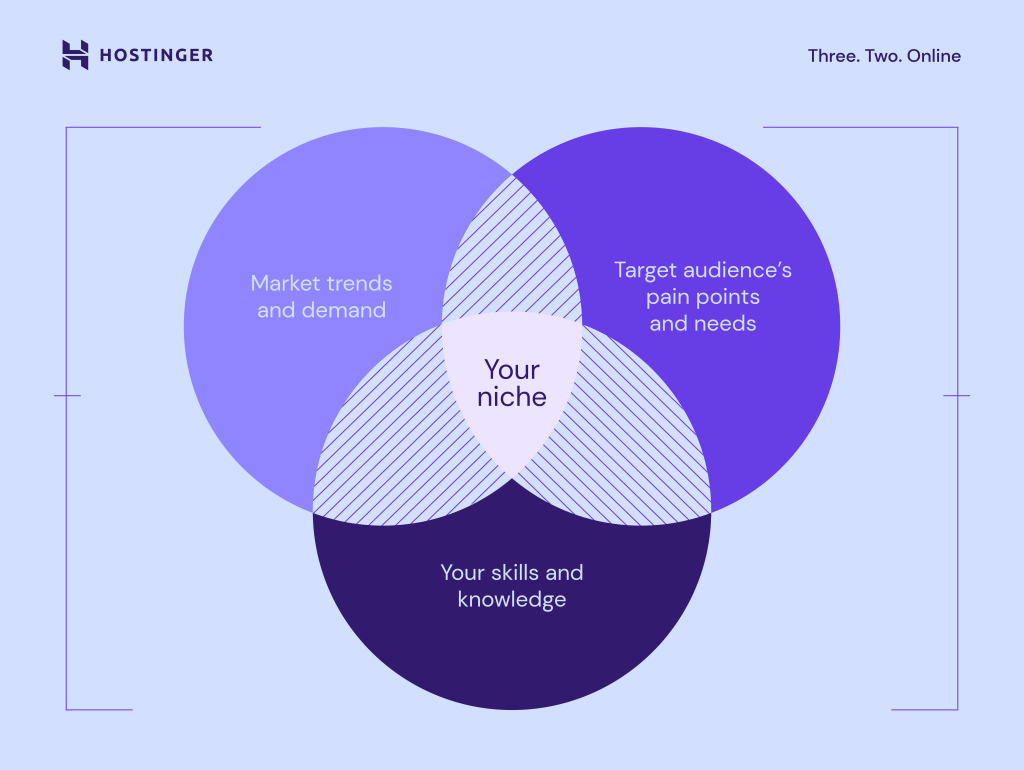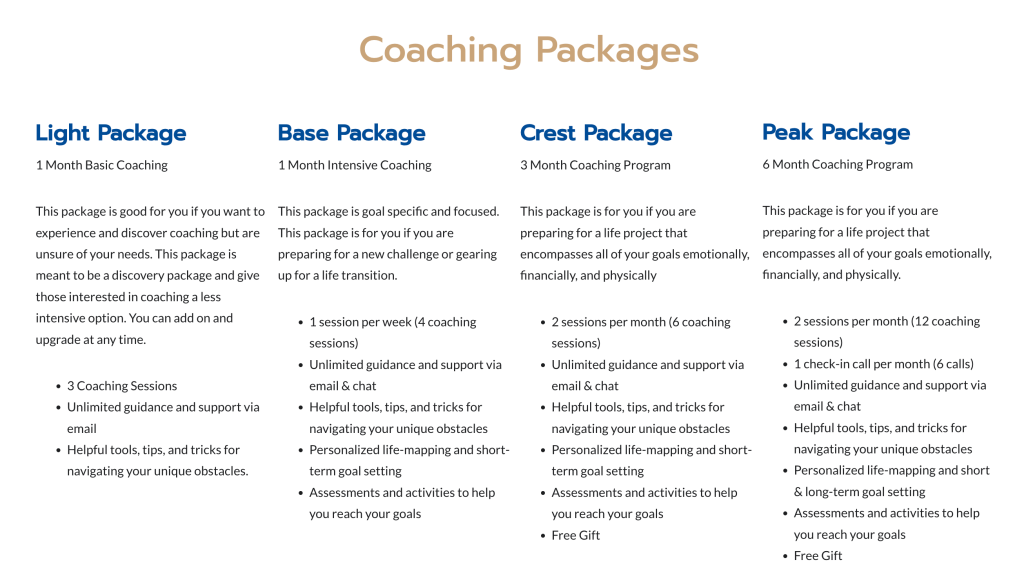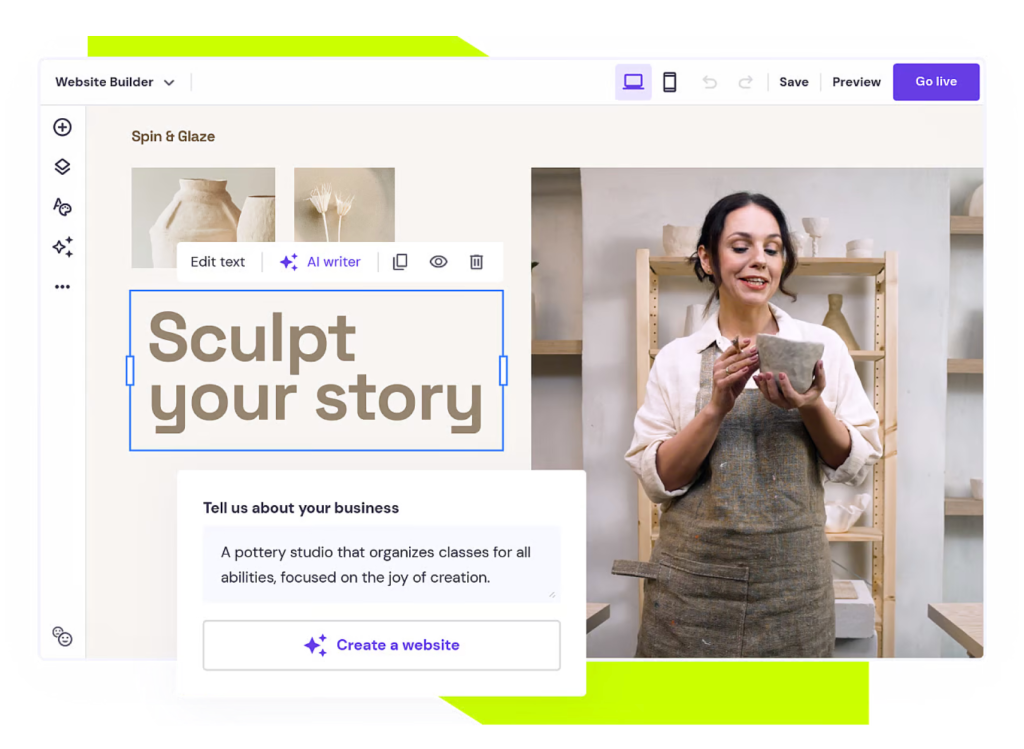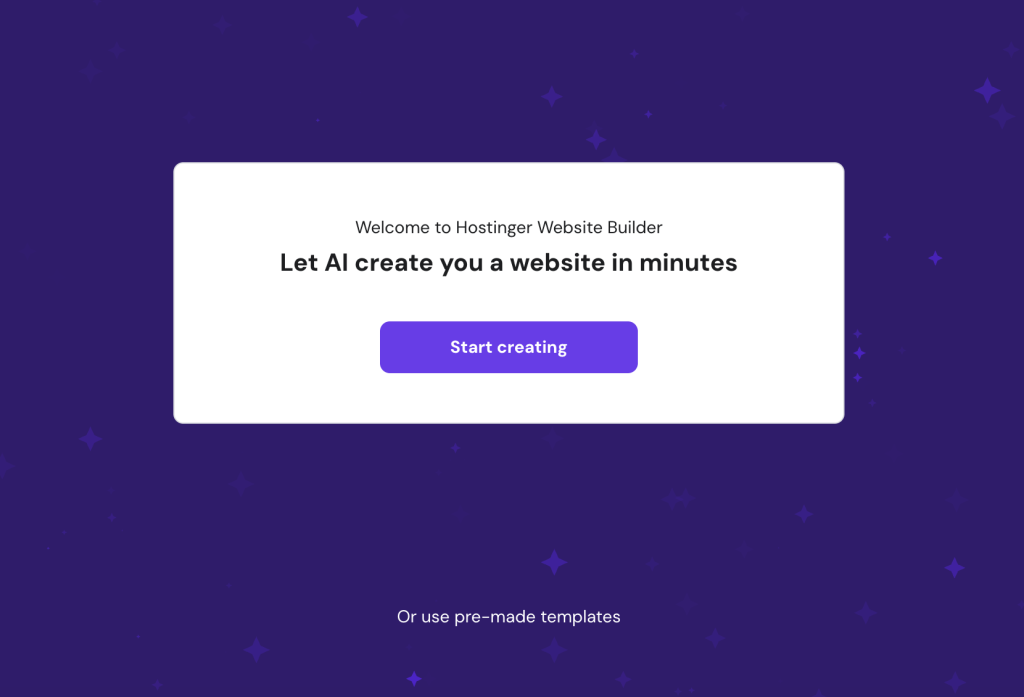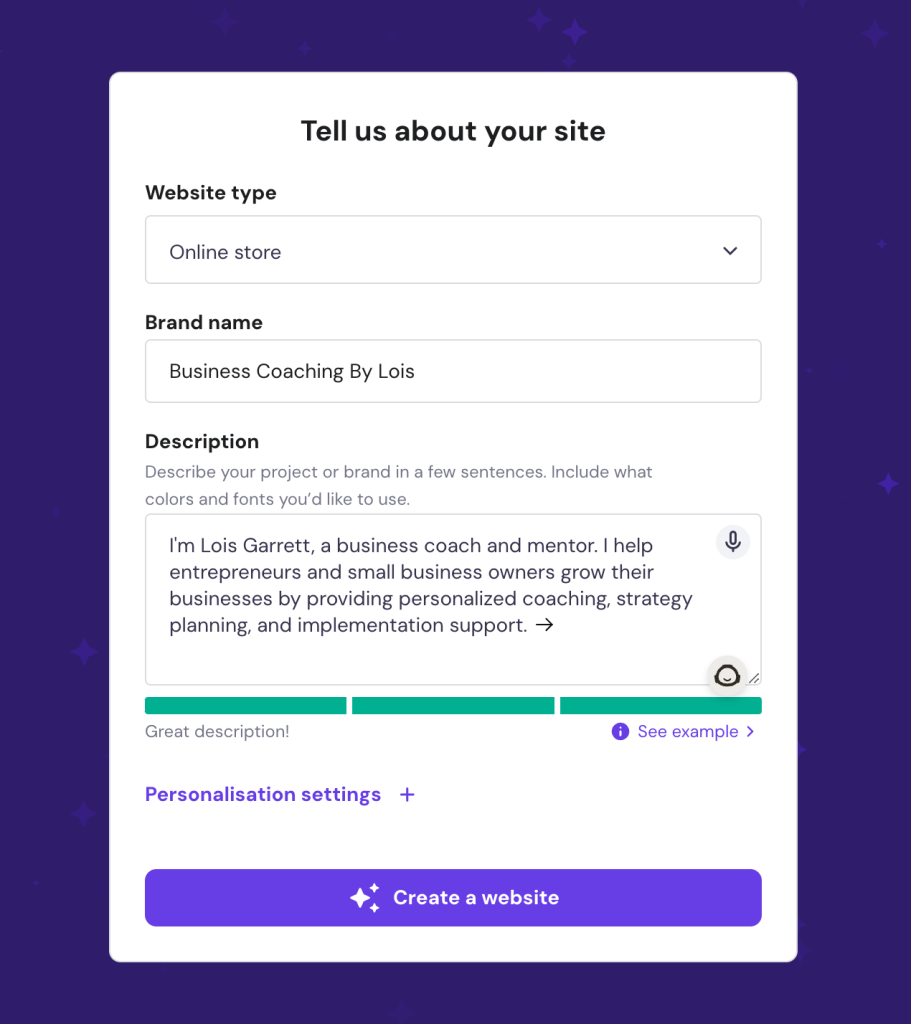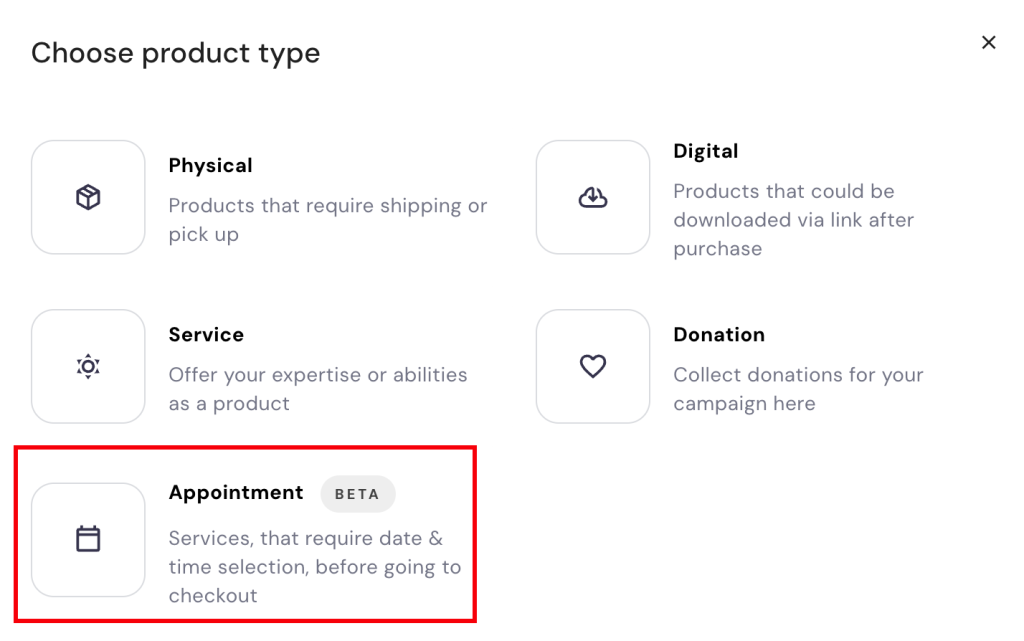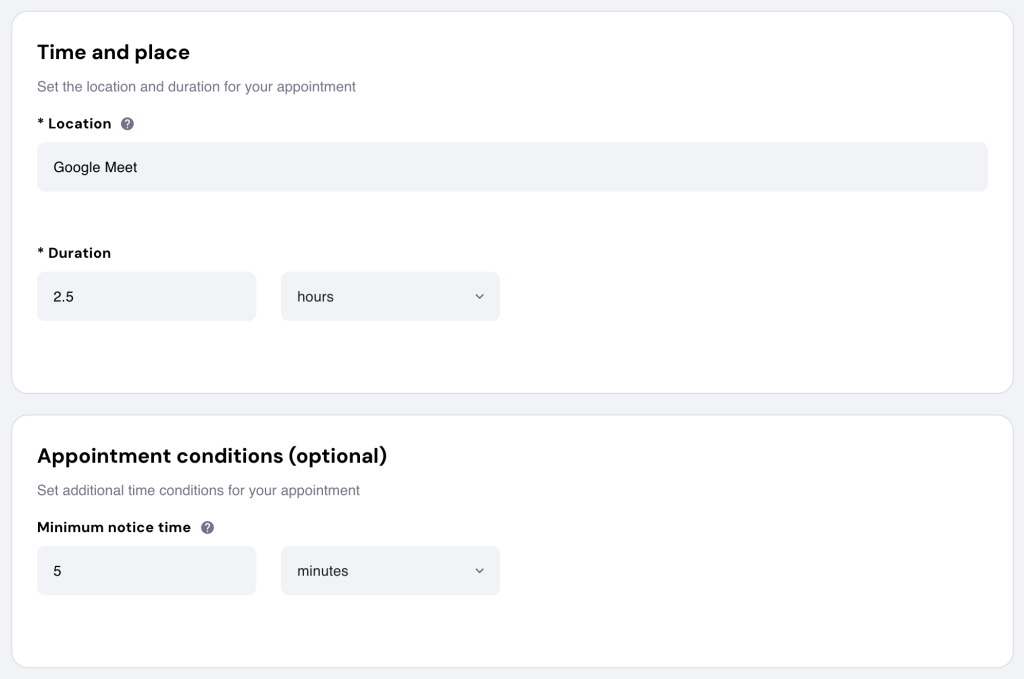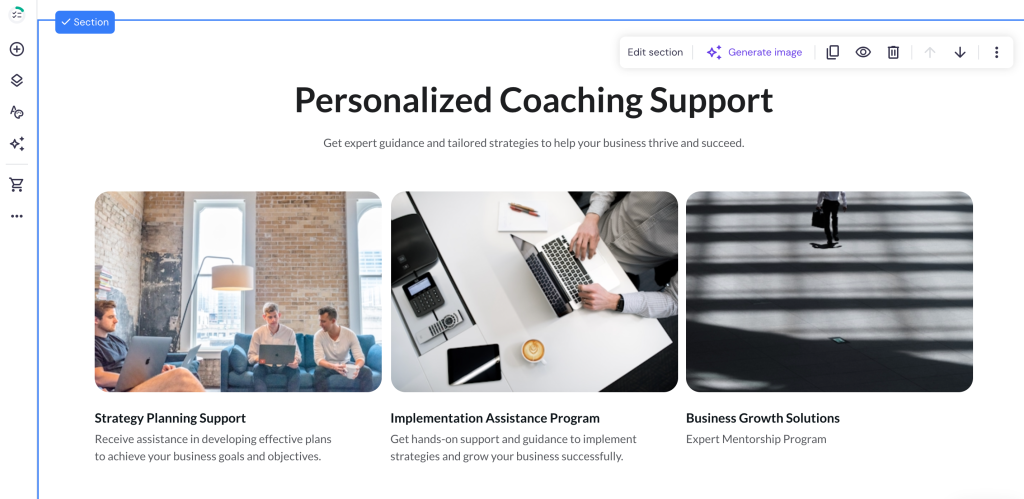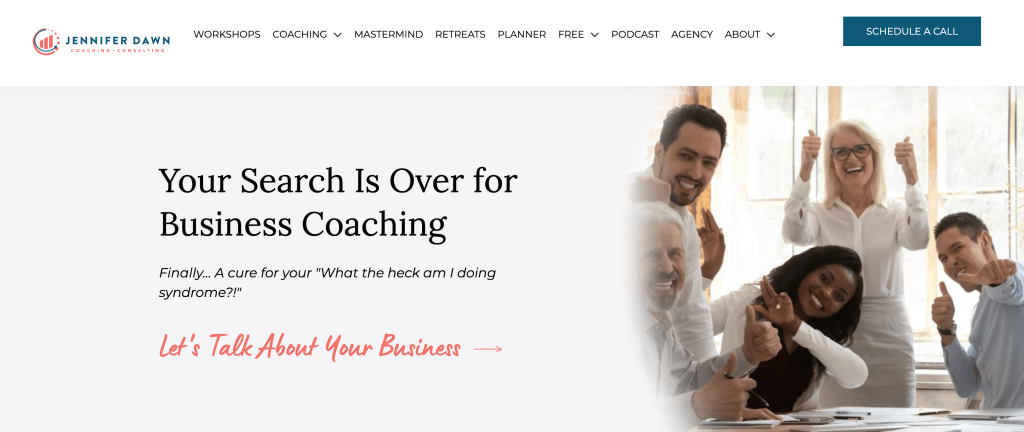How to start an online coaching business in 9 steps
Starting an online coaching business offers incredible flexibility. Coaches can work from anywhere and set their schedules, allowing for a work-life balance that is often harder to achieve in traditional jobs.
This article outlines the key steps to launch your own online coaching business, including practical tips and valuable resources. You’ll find insights to help you build a successful practice and connect with your target audience.
How to start an online coaching business
Each step is essential for building a solid foundation for your business and ensuring its long-term success.
1. Research the market and identify your niche
Finding the right niche involves understanding the coaching market trends, your ideal target market, and your skills and knowledge.
Understand market trends and demands
Let’s start by analyzing market trends and demands. Use Google Trends to help identify popular online coaching topics and areas of interest within the industry. We compared the search terms “business coaching”, “life coaching”, and “career coaching.”
Career coaching had a higher search term in January but decreased in June. Business coaching and life coaching have maintained a steady level of interest throughout the year. This shows that business and life coaching may be in demand more than career coaching.
Next, use the data as a guide when selecting your online coaching niche. Combine it with your coaching skills and experience to determine what type of coaching you’ll offer.
Develop your coaching skills
Alternatively, work on your coaching skills to cater to the market trends based on the niche. For instance, “business coaching” is a popular search term. If you have experience in career counseling, you could provide career coaching for business professionals. This combines both the market trends and your coaching experience.
Pro Tip
Consider obtaining a certification from the International Coaching Federation. This accreditation can provide credibility and increase your marketability as a coach.
Determine your target audience
After that, create a profile of your ideal client groups related to the niche. For example, life coaching’s client group may include young professionals, working mothers, or retirees.
On the other hand, career coaching could target recent college graduates or mid-career professionals looking for a change.
You can create the client profile by listing questions related to their interests and preferences, which include:
- What are their goals and aspirations?
- What challenges do they face in their personal or professional life?
- What motivates them to seek coaching?
- What are their demographic and socioeconomic backgrounds?
Creating client profiles helps you understand their pain points, goals, and needs. Ultimately, this will help shape your coaching program and unique selling proposition (USP).
2. Create a business plan
Let’s divide your online coaching business plan into several steps.
Define short and long-term goals
Begin your coaching business plan by defining your short-term and long-term goals. Short-term goals include setting up your website and enrolling your first five clients. The timeline is usually within the first few months of starting your business.
Long-term goals involve expanding your product and service selection, such as creating online courses or hosting webinars to reach a wider audience. These goals are usually for the first to the fifth year of the business.
Defining these goals is key to a successful online business as it gives you a direction to work towards and helps you stay focused.
Estimate startup costs and ongoing expenses
The costs to start an online coaching business might include:
- Building a professional website that provides web hosting and a custom domain name.
- Investing in video conferencing tools and software.
- Professional certifications to enhance your coaching skills.
- Developing marketing and sales materials.
Adjust these costs with the business goals to determine the capital you need to get your business up and running. For example, if you aim to enroll five clients in the first few months, you may need to invest more in marketing materials and website development.
As your business expands, your expenses will also increase. Be prepared to adjust and allocate funds accordingly.
Develop your pricing strategy and revenue streams
To connect your pricing strategy with revenue streams, identify your income sources. This includes one-on-one coaching, group programs, online courses, memberships, workshops, and digital products.
Combine these revenue streams with your client group’s buying power to maximize profitability:
- One-on-one sessions. Use hourly rates or package deals to provide value and encourage commitment.
- Group programs. Implement tiered pricing for group coaching sessions.
- Online courses. Offer prices as one-time purchases for standalone items or as subscriptions for series items.
- Memberships. Use recurring fees with different benefits to generate steady income.
- Workshops. Monetize through ticket sales, offering early-bird discounts or group rates.
- Digital products. Price competitively, considering bundles for increased sales.
Regularly assess your pricing strategy and revenue streams. Stay informed about industry trends and adjust your pricing based on client needs and market conditions.
Identify your sales funnel
Finally, identify the client acquisition channels – often called your sales funnel. A well-defined sales funnel helps convert prospects into paying clients. There are four stages of the sales funnel:
- Awareness. Use social media ads, blogs, and webinars to introduce your online coaching services widely.
- Interest. To maintain their interest, engage prospects with newsletters, free resources, and live workshops.
- Decision. Case studies, client testimonials, and detailed program descriptions on your website can help prospects make informed decisions.
- Action. Simplify sign-up, offer promotions, and use follow-up emails to convert prospects into clients.
Choosing your sales funnel channels will depend on your target audience and budget. However, it’s important to use a combination from each funnel stage.
For example, social media ads and webinars can increase awareness, while newsletters and free resources can maintain interest.
Download business plan template
3. Define your coaching approach
Your coaching approach is key to attracting your client group. Start by outlining your services and delivery formats. Will you offer one-time sessions for quick fixes, ongoing sessions for more profound work, or subscription-based coaching for continuous growth?
Explore different coaching styles to find what suits you. For example, goal-oriented coaching focuses on helping clients set and achieve specific targets, while holistic coaching looks at the client’s overall well-being.
Online coaching also opens up opportunities for a hybrid approach, combining virtual sessions with in-person workshops or retreats. This can offer a more immersive and personalized experience for your coaching clients.
Consider adding group coaching for a community feel or one-on-one coaching sessions for personalized attention. Techniques like motivational interviewing or accountability coaching can enhance your sessions.
By clearly defining your approach, you’ll attract clients who resonate with your unique style. This clarity ensures your coaching services are aligned with your strengths and client needs.
4. Create a coaching roadmap
Your coaching roadmap is where you turn your coaching style and model into practice, breaking them into specific sessions. This roadmap will also guide each coaching session, keeping you on track and ensuring progress towards your clients’ goals.
When creating your coaching roadmap, consider the following steps:
- Clearly define the goal(s) of each session.
- Identify specific tools or techniques to use for each session.
- Set realistic timelines and milestones for achieving goals.
- Incorporate opportunities for reflection and feedback from clients.
Then, break your coaching program into smaller steps and assign them to each session. For example, activities, assignments, and follow-up actions that will support your clients’ progress.
Finally, share your coaching program with a small group of people, such as friends, family, or colleagues. This will allow you to test its effectiveness and make necessary adjustments before fully launching it with clients.
5. Price your services
Your pricing needs to be calculated based on your pricing strategy, revenue streams, and the value you provide to clients. Consider your target audience’s budget when setting your coaching’s pricing structure.
One-time payments
A one-time fee for your coaching program is a flat rate based on the support and resources for the clients. However, consider modifying your pricing if it suits your audience better.
For example, Melissa Joy’s life and business coaching website offers one payment package but separates the payment into three terms. This makes the fee less intimidating to potential clients, which could lead to more sales.
Subscription-based pricing
Subscription is a popular option for an online coaching business. It helps provide recurring revenue for your coaching business.
Consider tiered pricing and package deals. You can also offer different packages to suit various budgets and adjust them according to your business plan. For example, check out the LightPeak Coaching website, which offers four packages.
When deciding on a pricing structure, it’s essential to understand the costs involved in producing your product or service. This includes direct costs such as materials and labor, and indirect costs like overhead expenses.
By accurately calculating these costs, you can ensure that your prices cover all expenses and leave room for profit.
Pro Tip
Test your pricing. Start with a base price and adjust based on customer feedback and market demand. This helps find the sweet spot where your prices are attractive to customers and profitable for your business.
6. Build your online coaching website
Your coaching website is the central hub for your services and information. It’s important to have a professional, user-friendly design that showcases your expertise and attracts potential clients.
Choose an online coaching platform
Among many website platforms available, we recommend Hostinger Website Builder. It’s a user-friendly builder that allows you to create and publish your coaching website in minutes.
There are two plans available: Premium Website Builder and Business Website Builder.
The best plan for your online coaching business is the Business Website Builder. With ₱169.00/month, you can enjoy features and functionality that support your coaching, which include:
- Appointment feature for seamless coaching service scheduling and booking.
- eCommerce functionality for selling digital products or coaching packages.
- Secure payment options to protect your client’s sensitive information.
- Analytics tools to track your website’s performance and user engagement.
- AI tools to create personalized coaching experiences for your clients.
It also comes with secure web hosting and a free domain for the first year, which helps reduce website development costs.
Create the website with AI
Hostinger Website Builder allows you to create a website with AI or a pre-made template. Choose the AI builder to create a website with minimal effort yet maximum effectiveness.
Choose Online store as the website type. That way, potential clients can follow the intuitive add-to-cart flow when booking your coaching service.
Additionally, you don’t need to integrate with third-party payment gateways to accept payments. This helps save time and streamline the process for your clients.
After that, add your business name and description to help AI create a website with intuitive navigation and functionality.
Click Create a website when ready. The website creation process will take you to the online store setup.
Set up your online store
Hostinger Website Builder’s online store feature allows you to include more than just physical products. As an online coach, you can add your services as Appointment when uploading a new product to your website.
To do so, start by setting up the online store’s country and currency. Then, it’ll take you to the store manager dashboard.
Choose Add your first product → Appointment → Enable appointments to start adding your coaching services.
Add your product photo, title, and description. Remember to include all the necessary details to help your clients understand the coaching programs.
Then, finish the process by including additional info sections, pricing, categories, time and place, and appointment notice time. Click Save once you’re ready.
Repeat the process until you’ve added all your coaching services.
Customize the website
Next, update the details on the essential pages, such as the homepage, About, and Contact pages. Using the site editor, go to each page, and update the content within each section.
Include a clear call to action on each page, inviting potential clients to take the next step and sign up for your services. Some examples include “Book a Session Now” or “Schedule a Free Call.”
Take inspiration from Jennifer Dawn’s website, which features the CTA “Let’s Talk About Your Business.” This creates a sense of personalization and connection with potential clients.
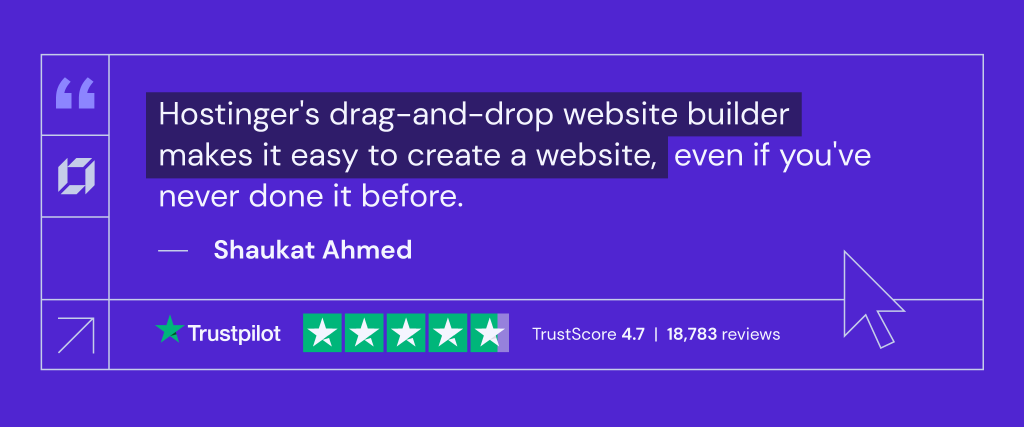
Optimize your website for search engines
Hostinger Website Builder’s built-in SEO tools help optimize your website for search engines. Go to Website settings → SEO settings and add the page description. Next, Hostinger Website Builder will suggest three focus keywords. Choose the ones that match your business best.
After that, you can update the SEO title and description based on the focus keywords.
Do this on every page of your website to help improve your ranking on search engines and attract more traffic.
Download website launch checklist
7. Choose your payment options
Select reliable payment gateways for your online coaching business. This will ensure a more seamless payment process for your clients and potentially build trust in your business. Some popular options include PayPal, Stripe, and Square.
With Hostinger Website Builder, you can connect PayPal and Stripe directly to your website for easy payment processing. You can also choose bank transfers.
Go to Store manager and choose Set up a payment method.
Next, connect your preferred payment methods.
When setting up your payment options, clearly communicate any fees or charges associated with each method. This will help avoid any confusion or unpleasant surprises for your clients when they make a purchase.
In addition to Hostinger Website Builder’s payment gateways, consider using tools for automatic invoice generation and payment reminders to streamline the process
8. Market your online coaching business
To grow your online coaching business, use onsite and offsite marketing strategies to reach more people and establish trust as a reputable coach. Here are actionable steps to get you started.
Onsite marketing
Offer limited-time discounts and free initial consultations to entice potential clients. For discounts, you can set in on Hostinger Website Builder’s online store settings page.
You can set up free consultations on the Appointments page, located in the Store manager section. Most coaches offer free consultation calls for first-timers. This is effective marketing for building trust and establishing relationships with potential clients.
Next, create valuable blog posts to showcase your expertise and provide insights into your coaching style. Start by conducting keyword research. It helps identify what your target audience is searching for and create a list of blog post ideas.
Then, use those keywords in your blog titles and content to increase the chances of being found by potential clients. For example, if you’re a life coach, you could write blog posts about topics such as “5 Tips for Finding Balance in Your Life” or “The Power of Positive Thinking: How to Overcome Negativity.”
Finally, build an email list and send regular newsletters with tips, updates, and exclusive offers. Use tools like Mailchimp or Constant Contact to manage your email list and create professional-looking newsletters easily.
Offsite marketing
Leverage social media platforms to expand your reach and connect with potential clients. Share engaging social media posts, testimonials, and success stories to demonstrate the impact of your coaching.
Go where your target market is. For example, if you specialize in career coaching, join LinkedIn groups and participate in discussions about career development.
Set up targeted social media and search engine ads to reach specific demographics interested in your services. These paid ads can help drive traffic to your website and convert leads into clients.
Build partnerships with other coaches in your industry to promote your launch. Collaborate on webinars, podcasts, or guest posts to tap into their audience and increase your visibility.
9. Provide excellent service and gather feedback
Every coaching session should be a stepping stone toward your client’s goals. Dive deep into their needs and provide personalized strategies that make a real difference. Combine your coaching approach and roadmap to help your clients.
It helps to have a checklist or guidelines to help your coaching session. Ensure the effectiveness of a coaching session by paying attention to the following:
- The coaching session’s goals for that specific client.
- Break down big goals into smaller, achievable steps.
- Encourage open communication and provide practical advice.
- Recap the session’s findings to track progress.
- Ask for feedback and gather testimonials to use for promotion.
- Follow up with clients after the session and offer ongoing support.
Providing excellent service helps ensure client satisfaction and builds a strong reputation. This helps attract new clients through word-of-mouth recommendations.
Additionally, use client feedback gathered from your clients to improve and refine your coaching approach continuously. This will ensure that what you offer is fresh and impactful.
Conclusion
Starting an online coaching business offers the opportunity to impact lives while building a fulfilling career positively.
This article has listed nine steps to build a successful online coaching business. These steps include setting goals, defining your approach, planning your pricing and revenue streams, and effectively marketing your services.
By following the nine steps, you can create a professional website and progress towards building a thriving online coaching business.
How to start an online coaching business FAQ
Is online coaching profitable?
Yes, online coaching can be profitable if you identify a niche, offer valuable content, and build a strong client base. Profitability also depends on your pricing strategy, marketing efforts, and ability to deliver results that meet client expectations.
How do I price my online coaching program?
Price your program based on factors like market rates, your expertise, and the value you provide. Consider offering tiered pricing with different levels of service. Analyze competitor pricing and adjust based on your unique offerings and client results.
Are there legal requirements or licenses needed for an online coaching business?
Although not always mandatory, it is advisable to review local regulations. You might require business licenses or permits. Seek advice from a legal expert and refer to the ICF guide on becoming a coach to ensure compliance with necessary licenses or certifications.
